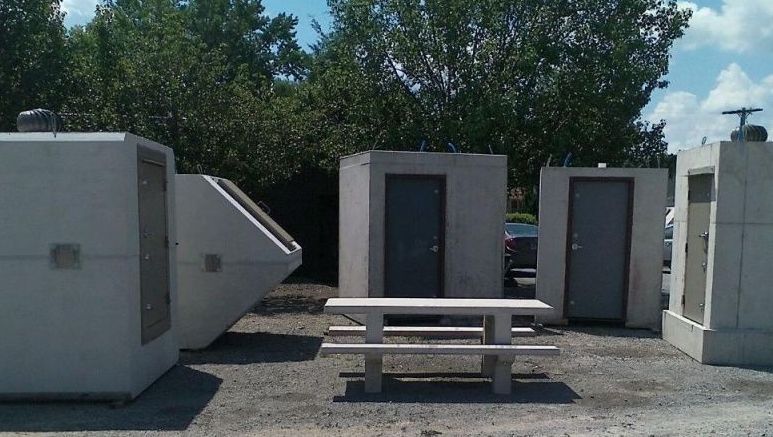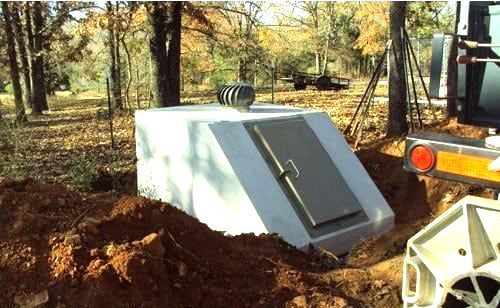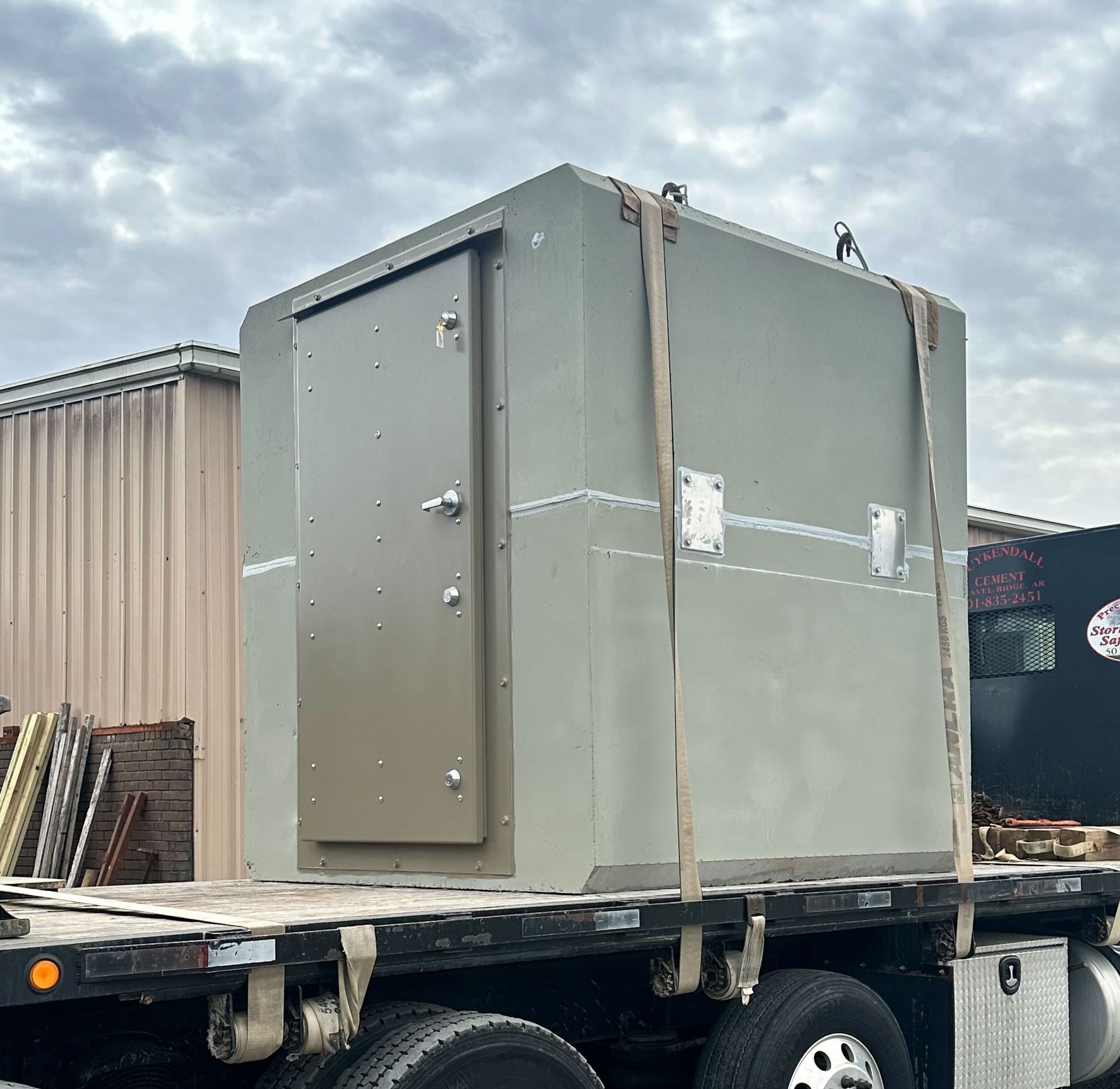Arkansas storm statistics
Arkansas is an area known for damaging tornado activity. Understanding the risks can help better prepare and protect your family.
Kuykendall Cement Co. has spent over 50 years committed to keeping our community safe by providing top-tier storm shelters.
37
THE AVERAGE AMOUNT OF
TORNADOS PER YEAR
PULASKI
LONOKE
FAULKNER
COUNTIES WITH THE HIGHEST REPORTS
OF TORNADO ACTIVITY
MAY 2024
THE MONTH WITH THE HIGHEST RATE OF TORNADOS LAST YEAR
97%
OF NEW HOMES IN THE STATE ARE NOT
BUILT WITH A BASEMENT OR SHELTER
protect what matters most
Tornadoes can strike with little warning, and Arkansas’s storm history proves the need for a reliable shelter.
Here’s why investing in a Kuykendall Cement Co. storm shelter is one of the best decisions you can make:
Life saving protection
Our professional team ensures seamless installation, providing you with a secure shelter that’s ready for immediate use.
Peace of mind
Whether it’s the middle of the night or
while you’re at work, knowing your family
is safe brings priceless peace of mind.
Increase your
home value
A storm shelter not only protects your family but also adds value to your property.
be ready before the storm hits
Preparedness is important whether or not you have a storm shelter in place.
Here are a few ways to make safety a top priority when a storm is near.
Create an Emergency Kit
Prepare your storm shelter with an Emergency kit. This could include a flashlight, batteries, water, non-perishable food, medications, important documents, a first aid kit, blankets, or a portable charger.
Have a Plan
Whether you are at work or home, you can have a plan in place for when a storm hits.
Knowing when to go, who to contact, and what the safest place to shelter in is crucial for safety during a storm.
Shelter Safely
The safest place to take shelter during a storm is in our storm shelters. We offer underground and above-ground models to fit your home or commercial building.
Stay Alert
Knowing when and where the storms are going to hit is vital to your safety. Staying alert with local news, radio, or sirens can best inform you of when to take shelter and when it is safe to leave.




